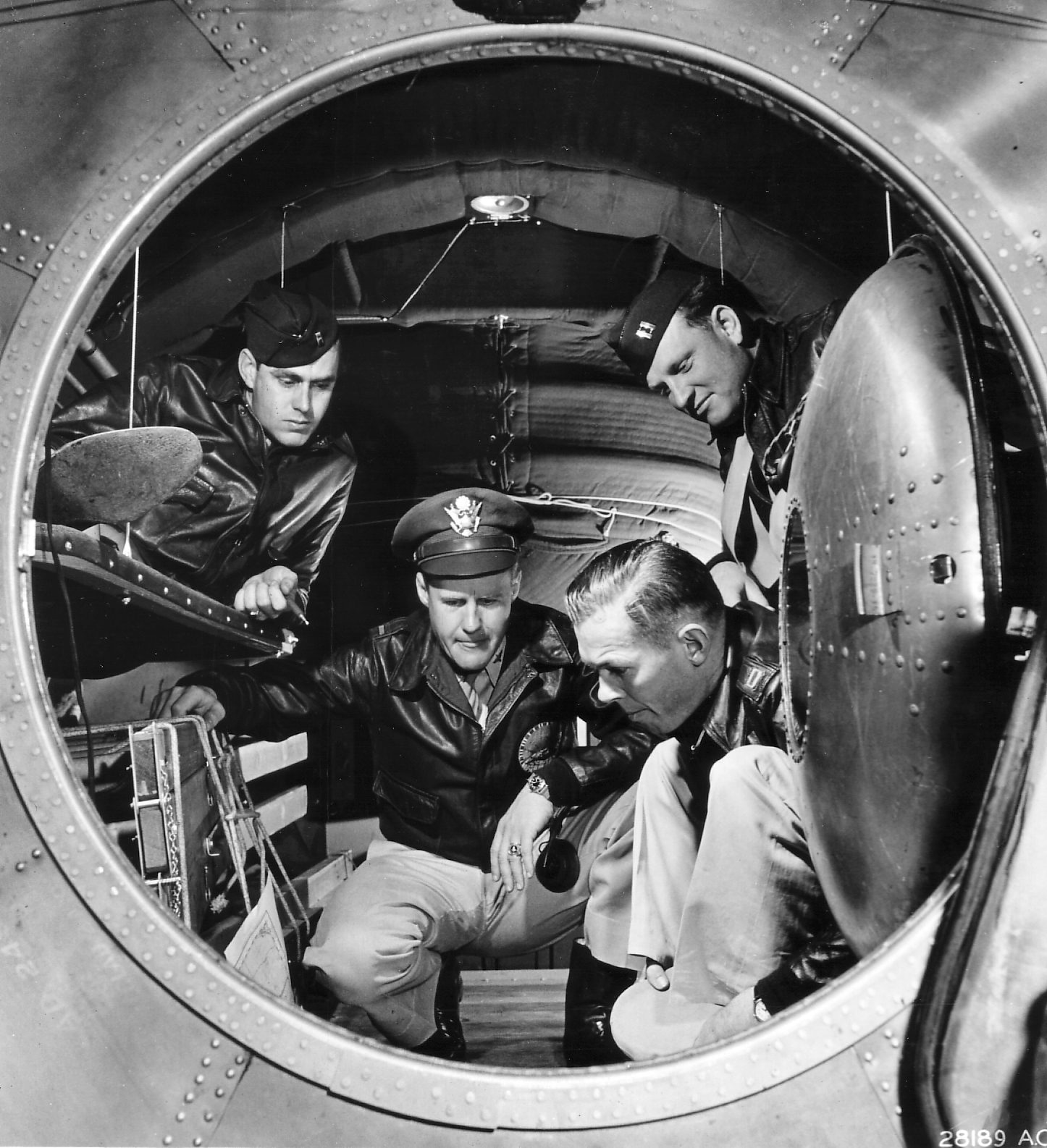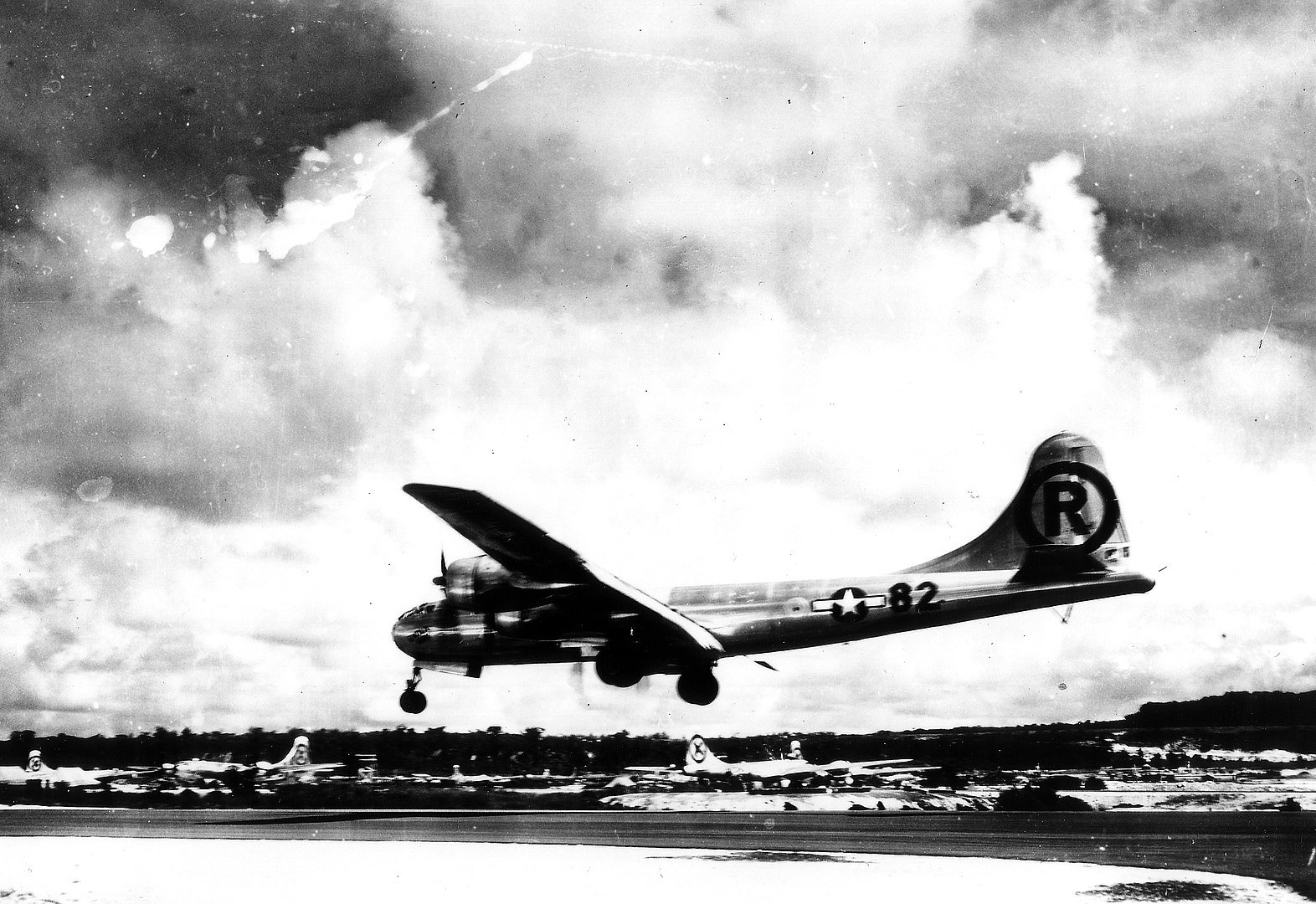World War II Aircraft: B-29 Superfortress
B-29 Superfortress: Born of Necessity
The attack on Pearl Harbor on December 7, 1941 forced the United States into military conflict with a powerful and bold opponent. The forces of Imperial Japan attacked the naval base on the island of Oahu in an attempt to cripple the Pacific Fleet. To answer this challenge, the Americans needed to greatly expand its own military power, including the range and capacity of its bombers.
One early indicator of this was the Doolittle Raid on Tokyo on April 18, 1942. The B-25 bombers used for the assault were only capable of a one-way trip because of their lower fuel capacity. In response to the need for a better bomber, the military turned to Boeing, a well-known name in American aviation.
Introduced on May 8, 1944, the Boeing B-29 Superfortress was the answer to this need for longer flights and more ordnance-carrying ability. Built as one of the largest warplanes of World War II, the four-propeller bomber that came to be known as the Superfortress was designed and constructed to be a high-altitude bomber that could also excel at incendiary bombing in lower altitudes.
A State-of-the-Art Craft
At the time of its development, the B-29 incorporated technology that later became commonplace in military craft. Some features were even adopted into commercial planes. Foremost among these innovations was the pressurized front and rear cabins. It also included two-wheeled tricycle landing gear and a fire-control system controlled by an analog computer. This state-of-the-art fire-control system allowed two crew members to control four remotely-controlled machine gun turrets.
Nearly 4,000 B-29s were eventually entered into service, playing a major role in both the later stages of World War II and in the Korea Conflict.
Owing to its technological advancements, the B-29 Superfortress was easily the most costly program of World War II, surpassing the cost of the Manhattan Project responsible for the atomic bomb by more than a billion dollars.
Operations of the B-29 Superfortress
On June 5, 1944, the B-29 participated in its first combat mission with a bombing of targets in Bangkok. These runs from India against Thailand were used as test flights before the Allies implemented the new Superfortress against Japan itself. Ten days later, 68 B-29s launched strikes on Japan for the first time, striking targets in the Kyoto Prefecture.
From July, 1944 to January of 1945, B-29s were launched 11 times from Chinese airfields. After the last raid on January 6, 1945, the B-29 was pulled from the Chinese airfields, though raids continued from India. As was planned when the United States first started its push across the Pacific, the bombers were later launched from the Mariana Islands.
Near the conclusion of the war, modified B-29s were employed to drop the two atomic bombs on Hiroshima and Nagasaki. The Superfortress thus played an integral part in the surrender of Japan.









